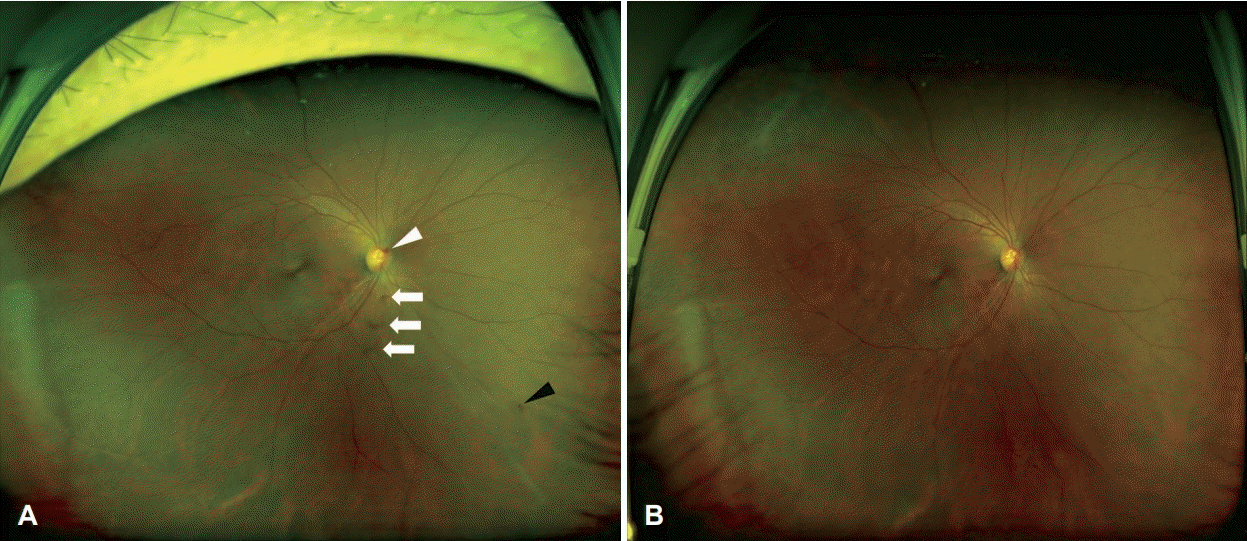1. Inabnet WB 3rd, Fernandez-Ranvier G, Suh H. Transoral endoscopic thyroidectomy — An emerging remote access technique for thyroid excision. JAMA Surg. 2018; 153(4):376–7.

2. Ahn JH, Yi JW. Transoral endoscopic thyroidectomy for thyroid carcinoma: Outcomes and surgical completeness in 150 single-surgeon cases. Surg Endosc. 2020; 34(2):861–7.

3. Zhang D, Wu CW, Inversini D, Kim HY, Anuwong A, Bacuzzi A, et al. Lessons learned from a faulty transoral endoscopic thyroidectomy vestibular approach. Surg Laparosc Endosc Percutan Tech. 2018; 28(5):e94–9.

4. Kim KN, Lee DW, Kim JY, Han KH, Tae K. Carbon dioxide embolism during transoral robotic thyroidectomy: A case report. Head Neck. 2018; 40(3):E25–8.

5. Anuwong A, Ketwong K, Jitpratoom P, Sasanakietkul T, Duh QY. Safety and outcomes of the transoral endoscopic thyroidectomy vestibular approach. JAMA Surg. 2018; 153(1):21–7.

6. Malafa MM, Coleman JE, Bowman RW, Rohrich RJ. Perioperative corneal abrasion: Updated guidelines for prevention and management. Plast Reconstr Surg. 2016; 137(5):790e–8e.
7. Medele RJ, Stummer W, Mueller AJ, Steiger HJ, Reulen HJ. Terson’s syndrome in subarachnoid hemorrhage and severe brain injury accompanied by acutely raised intracranial pressure. J Neurosurg. 1998; 88(5):851–4.

8. Wall M, Thurtell MJ; NORDIC Idiopathic Intracranial Hypertension Study Group. Optic disc haemorrhages at baseline as a risk factor for poor outcome in the Idiopathic Intracranial Hypertension Treatment Trial. Br J Ophthalmol. 2017; 101(9):1256–60.

9. Ogawa T, Kitaoka T, Dake Y, Amemiya T. Terson syndrome: A case report suggesting the mechanism of vitreous hemorrhage. Ophthalmology. 2001; 108(9):1654–6.
10. Moschos MM, Rouvas A, Papaspirou A, Apostolopoulos M. Acute visual loss and intraocular hemorrhages associated with endoscopic spinal surgery. Clin Ophthalmol. 2008; 2(4):937–9.

11. Krepier K, Wedrich A, Schranz R. Intraocular hemorrhage associated with dental implant surgery. Am J Ophthalmol. 1996; 122(5):745–6.

12. Gooding CA, Stimac GK. Jugular vein obstruction caused by turning of the head. AJR Am J Roentgenol. 1984; 142(2):403–6.

13. Yu W, Li F, Wang Z, Qi X, Li B, Zhang G, et al. Effects of CO2 insufflation on cere-brum during endoscopic thyroidectomy in a porcine model. Surg Endosc. 2011; 25(5):1495–504.

14. Yu J, Park JY, Kim DH, Koh GH, Kim S, Hwang JH, et al. Effect of neck extension on ultrasonographic optic nerve sheath diameter as a surrogate for intracranial pressure in patients under going palatoplasty: A prospective observational study. J Plast Reconstr Aesthet Surg. 2020; 73(2):369–75.
15. Hvidberg A, Kessing SV, Fernandes A. Effect of changes in PCO2 and body positions on intraocular pressure during general anaesthesia. Acta Ophthalmol (Copenh). 1981; 59(4):465–75.






 PDF
PDF Citation
Citation Print
Print



 XML Download
XML Download